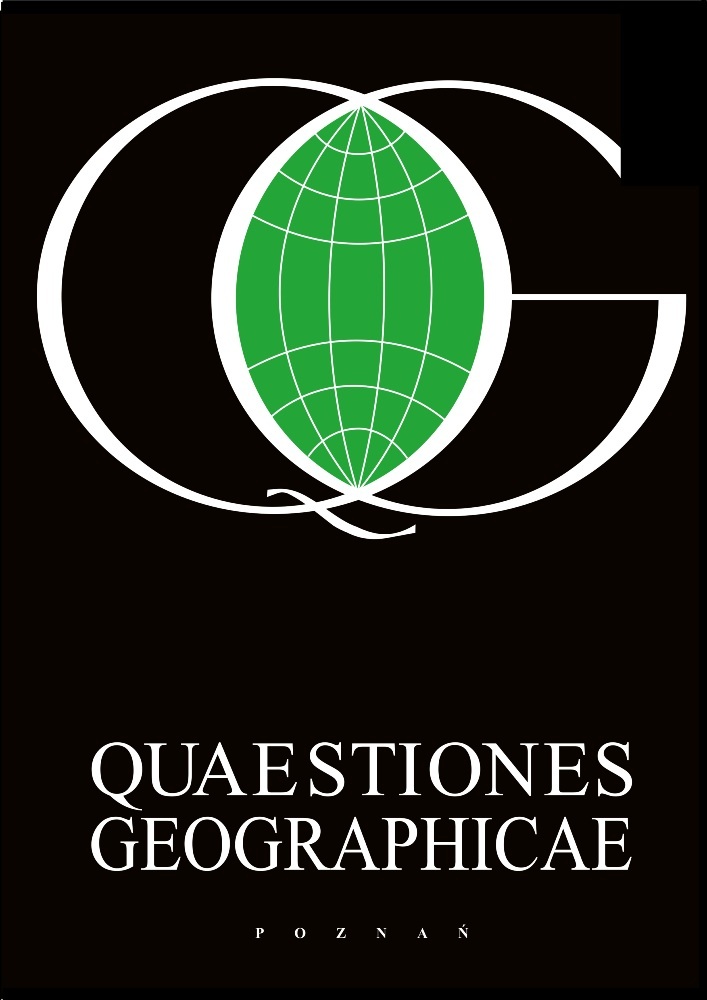Abstract
Cities provide conditions for the development of creativity and creative capital; some cities have made it an area of strategic intervention. Surely, there is a strong link between the creativity of a city and the value of social capital in a given territory. Hence, it is vital to answer the following questions: To what extent does investment in human capital determine the value of creative capital? What to invest in? Can one invest efficiently taking advantage of the attractive and popular virtual space? These are the questions explored by the present authors. Their specific goal is to assess the importance of social networks as a modern ICT tool for establishing relations, and of open networks in the dissemination of knowledge and in the development of creative communities.
References
Castells M., 2010. Społeczeństwo sieci (The Rise of the Network Society). PWN, Warsaw.
Creative Economy Report, 2010. United Nations.
Florida R., 2003. Cities and the creative class. City and Community 2 (1): 3–19.
Granovetter M. S., 2001. The strength of weak ties. American Journal of Sociology 78 (6): 1360–1380.
Grootaert C., 1998. Social capital: The missing link? The World Bank, Social Capital Initiative, Working Paper No. 3, 1–24.
Hall P., 2000. Creative cities and economic development. Urban Studies 37 (4), 639–649.
Hospers G.J., 2003. Creative cities in Europe: Urban competitiveness in the knowledge economy. Intereconomics 38 (5): 260–269. Online: http://hdl.handle.net/10419/41712, p. 262, (accessed 3 October 2013).
Jewtuchowicz A., 2005. Terytorium i współczesne dylematy jego rozwoju (A territory and modern dilemmas of its development). Wydawnictwo Uniwersytetu Łódzkiego, Łódź.
Kilpatrick S., Field J., Falk I., 2001. Social capital: An analytical tool for exploring lifelong learning and community development. British Educational Research Journal 29 (3), 417–433.
Kilpatrick S., Loechel B., Thomas S., Woinarski Z., 2002. Generating jobs in regional Tasmania: A social capital approach. Final Report, University of Tasmania.
Kina E., 2014. Wpływ sieci społecznościowych na wartość kapitału ludzkiego w regionie łódzkim (Effect of social networks on the value of human capital in the Łódź region). In: Przygodzki Z. (ed.), Kapitał ludzki w regionie łódzkim. Społeczeństwo, edukacja, przestrzeń. Wydawnictwo Uniwersytetu Łódzkiego, Łódź.
Klasik A., 2008. Kreatywne i atrakcyjne miasta. Koncepcje i mechanizmy restrukturyzacji aglomeracji miejskich (Creative and attractive cities. Concepts and mechanisms of restructuring of urban agglomerations). In: Klasik A. (ed.), Kreatywna aglomeracja – potencjały, mechanizmy, aktywności. Podejścia metodologiczne. Wydawnictwo Akademii Ekonomicznej, Katowice.
Kuźnik F., 2008. Modele kreatywnej aglomeracji miejskiej (Models of a creative urban agglomeration). In: Klasik A. (ed.), Kreatywna aglomeracja – potencjały, mechanizmy, aktywności. Podejścia metodologiczne. Wydawnictwo Akademii Ekonomicznej, Katowice.
Landry C., 2008. The creative city. A toolkit for urban innovators. 2nd edition. Narodowe Centrum Kultury, Warszawa.
Landry C., 2011. Creativity, culture & the city: A question of interconnection. Supported by the Ministry of Family, Children, Youth, Culture and Sport of the State of North Rhine-Westphalia.
Landry C., Bianchini F., 1995. The creative city. Demos Paper No. 12, London.
Markowski T., 2013. Planowanie i zarządzenie w obszarach funkcjonalnych: dylematy i wyzwania (Planning and management in functional areas: dilemmas and challenges). Conference on Polityka miejska a przyszłość planowania przestrzennego.
Making creative-knowledge cities. A guide for policy makers, 2010. Musterd S., Brown J., Lutz J., Gibney J., Murie A. (eds), ACRE project. Amsterdam Institute for Social Science Research, University of Amsterdam
Petrikova K., Vanova A., Borsekova K., 2013. The role of creative economy in Slovak Republic. Springer-Verlag London: AI & Soc. DOI 10.1007/s00146-013-0508-5.
Pietrzyk I., 2000. Polityka regionalna Unii Europejskiej i regiony w państwach członkowskich (Regional policy of the European Union and regions in the member states). PWN, Warsaw.
Pine B.J., Gilmore J.H., 1999. The experience economy: Work is theatre & every business a stage. Harvard Business School Press, Boston.
Scott A. J., 2010. Cultural economy and the creative field of the city. Geografiska Annaler, Series B: Human Geography, 92: 115–130.
Sokołowicz M.E., 2013. Is the community of Łódź informed about living in a creative city? City of Łódź’ branding strategy and its perception. Studia Ekonomiczne. Zeszyty Naukowe Uniwersytetu Ekonomicznego w Katowicach, 149: 256–267.
Sztompka P., 2002. Socjologia. Analiza społeczeństwa (Sociology. An analysis of a society). Wydawnictwo Znak, Kraków.
The economy of culture in Europe, 2006. Report for the European Commission, KEA European Affairs.
Throsby D., 2001. Economics and culture. Cambridge University Press, Cambridge.
Vaňová A., Borsekova K., Foret M., 2010. Importance of partnership and cooperation for territorial development. Theoretical and Applied Economics XVII (10): 73–82.
License
© Faculty of Geographical and Geological Sciences, Adam Mickiewicz University.
This work is licensed under the Creative Commons Attribution-NonCommercial-NoDerivatives 3.0 License.
